Interview with director Elena Avdija, by Pascaline Sordet.
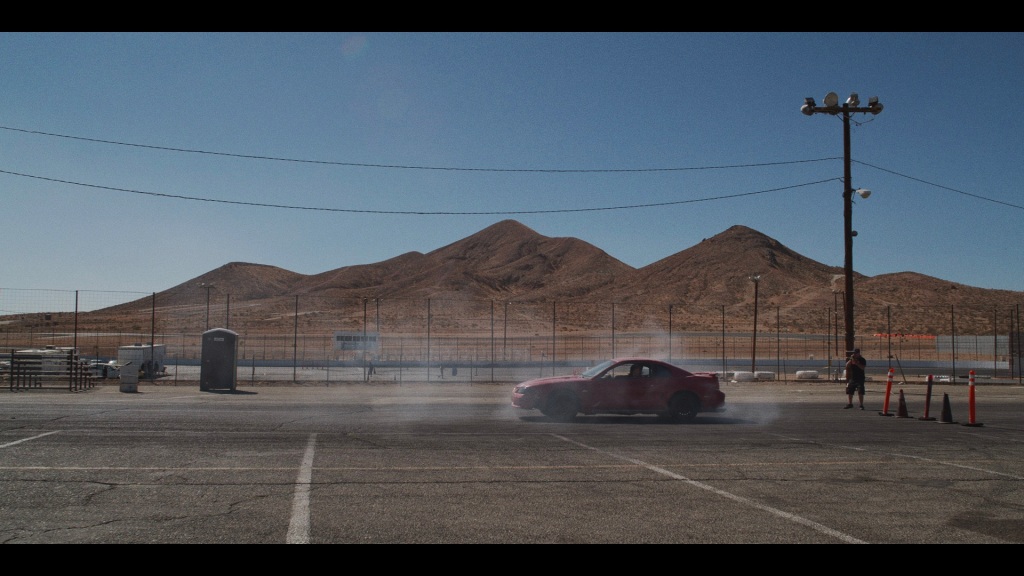
How did you come across the job of stuntwoman?
It all started with a final project when I was doing my Masters in documentary filmmaking at INA (The National Audiovisual Institute) in Paris. I’ve always had an interest in gender issues, long before this project, along with a fascination for what goes on behind the scenes in film. My colleague back then, Jeanne Lorrain, and I watched stunts on film and wondered what this job was really like, a job which seemed to be a very make one. We didn’t know anyone who did it, but we were soon put onto Virginie Arnaud, the French stuntwoman, who told us her story. But the film is not simply a professional portrait. There is a gender issue which goes beyond the number of women in the profession. It is the issue of how women are represented on screen. Virginie is conscious of being a stunt double for a lot of actors who play victims of violence. There is much talk about women’s speech in cinema, how it is distributed, for example, using the Bechdel test. But how violence is distributed is rarely considered. That’s what I explore in the film.
What was it about Virginie that moved you?
Her survival strategies. I sense she is constantly using diplomacy, humour, handling the people around her well. She uses an approach common to lots of women in male worlds: never getting worked up, laughing at sexist jokes, defusing situations. We spent several weeks with her without filming, and we regularly witnessed scenes where it was hard to tell the difference between the acting and harassment. Plus Virginie is someone who has earned her place, herself, no one handed it to her.
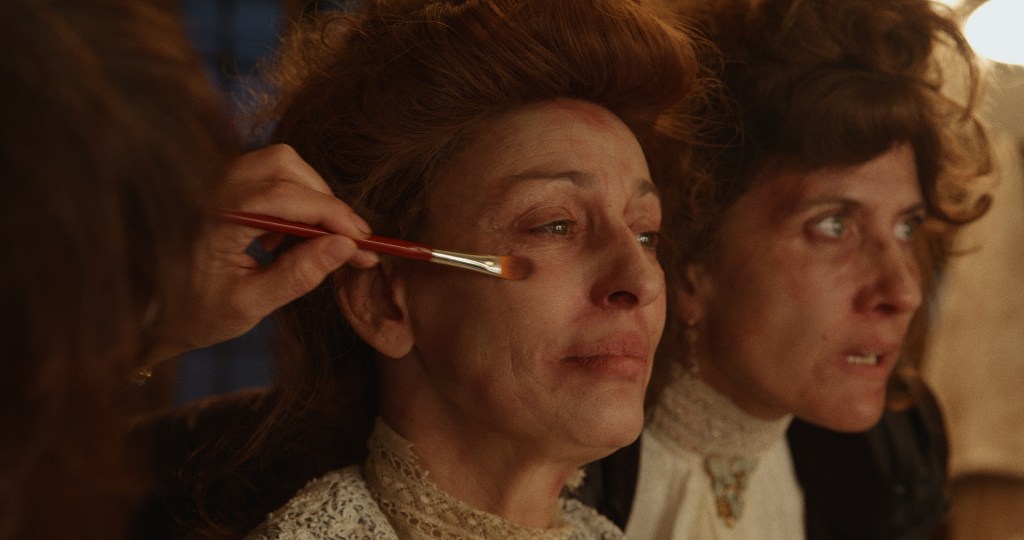
And Petra, the second protagonist, why did you choose her?
RTS did a factual piece on the Swiss in Los Angeles and she in that. Petra is more like the opposite to Virginie who really operates in the shadows. She is in search of her place in the world. She is from a Swiss-German family, she was the only child with a mixed ethnic background in her village. She left for the United States to find her place in the world. She is constantly launching herself into a new quest. First it was the circus, then stunts, and now it is acting. I am touched by her ambivalence, her hesitation. Her search for enlightenment and recognition is linked to her inner being.
You have three main characters and several secondary characters. Was it important to have several stuntwomen?
One story is a portrait, three stories are everyone’s story. We thought it was too much for Virginie alone to convey all the issues linked with gender. We wanted different perspectives. So in addition to Virginie and Petra we were looking for a younger stuntwoman, still cocooned by school. Protected, but getting ready to work. Finding Estelle involved a long process of encounters, like an audition.

To what extent is the question of gender an issue for the protagonists?
They are not feminists or militant. They are involved in getting on with the job. We had to strike a balance between my interpretation which is based on research and very theoretical, and their reality. All the while respecting what they say! I was not going to strip them of their ideas, as they have already been stripped of their bodies when they are made to fall naked and without protection, because babydoll nighties and short skirts are sexier than trousers.
Has your work on the film changed their positions?
Virginie has greatly evolved in the last ten years. She had the practice, I had the theory, we met in the middle. Estelle isn’t bothered, she doesn’t look at it this way at all and she says so! I worked with the secondary characters who confront her with these questions: her colleague Marie who is a working mother, and the young stuntwoman who recounts how she can no longer work since being a victim of domestic violence.

What has struck you during these months of filming?
I have talked to a lot of women who had been victims of sexist and sexual violence. At the end of the shoot, that was practically all we talked about and it was hugely challenging to be immersed in these accounts and to feel to what extent the women around me had experienced this.
Have you made a militant film?
A film of conviction, yes. I see no reason not to. For me, there’s no difference between making an artistic creation and making a political statement.
On a lighter note, did you try out some stunts?
I jumped from the first level of the tower you see at the end of the documentary, from a height of 4 metres. I was very, very scared, but I had no choice. That said, I’d like to try the car skids that Petra is training to do.

Do you want to carry on working on stunts?
I’ve often asked myself whether it would have been better to deal with this subject as a drama. Because I would have been able to show more things. So my dream now would be to work with these stuntwomen, to use their skill to tell female stories, about female characters who are not constantly getting beaten up, murdered, strangled, hung or run over. I’d like to use their knowledge to tell stories about powerful women.
What stunt would you like to write for them?
Superheroine stunts, which break the laws of physics, where they fly! I’ve noticed that men do a lot more unrealistic stunts, the superpowers type, whereas women are limited to realistic stunts. And the tougher and more violent they are, the more people like them. That’s what I’d like to reverse.

So cine has a problem in its screenplay writing?
Yes, but not only that. At every stage, there’s concern about the representation of violence, but stuntwomen are at the end of the line. There are all sorts of ways to make an audiovisual product sexier, and they are to the detriment of women. The dead body is that of a young woman, but no thought is ever given to the stunt when her clothing is chosen. These scenes are borne from a violent imagination which is a male imagination and which we also share as women. So it is no surprise that there is a problem in the writing. It is not deliberate malice, it is completely subconscious, but it effectively contributes to the representation of women as victims. Not enough questions like the following are asked: how can violence be shown without making it exciting? Do we have the attacker or the attacked in frame? Can violence be off-screen? These are questions which are as much to do with aesthetics as politics.
Do we have a collective fascination for violence?
We are so used to seeing violence that we no longer notice it in films and series. When women are involved in these scenes it is to be beaten, raped, kidnapped. And so it’s a vicious circle. Yes, life is more violent for women, but to give in to this fascination for violence in the films we produce, gives way to sexist violence in our imaginations, which contributes to making it more banal in real life. My film tries to make this vicious circle visible.

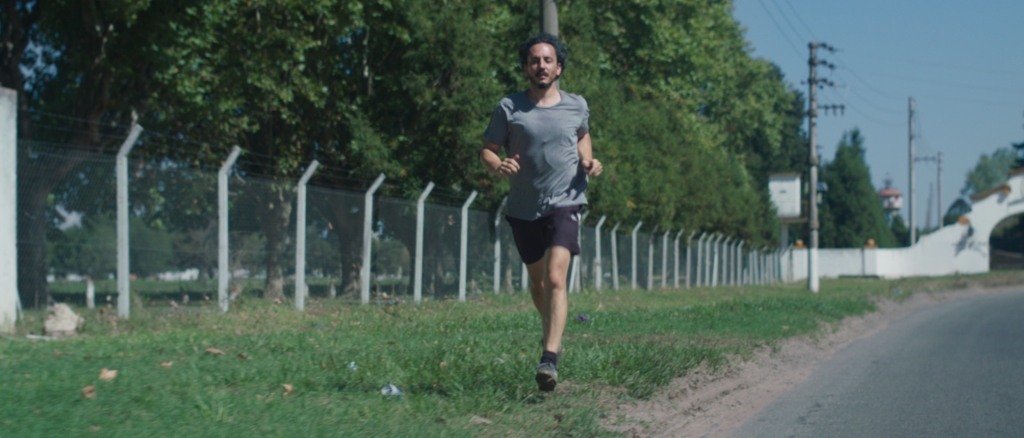
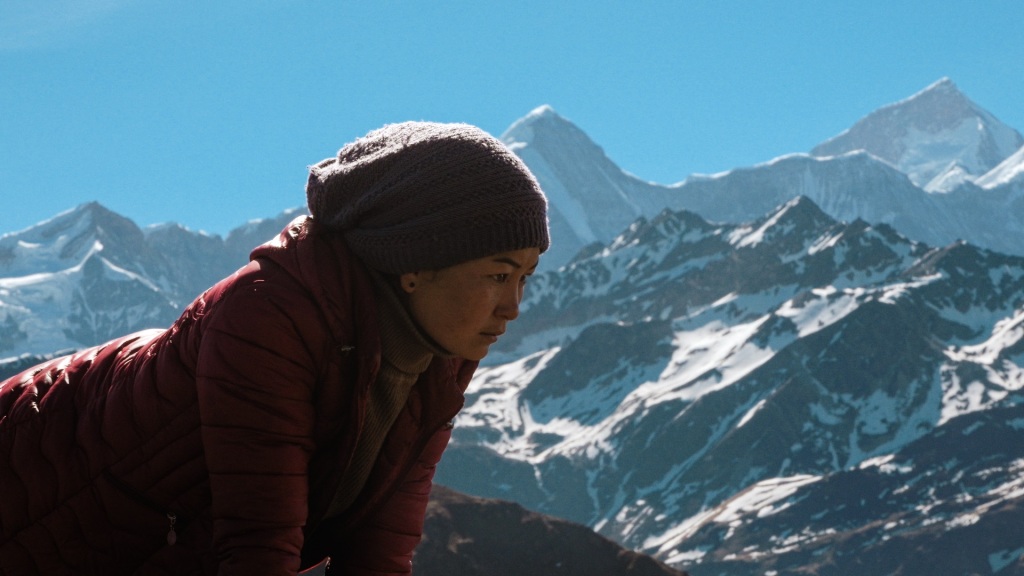
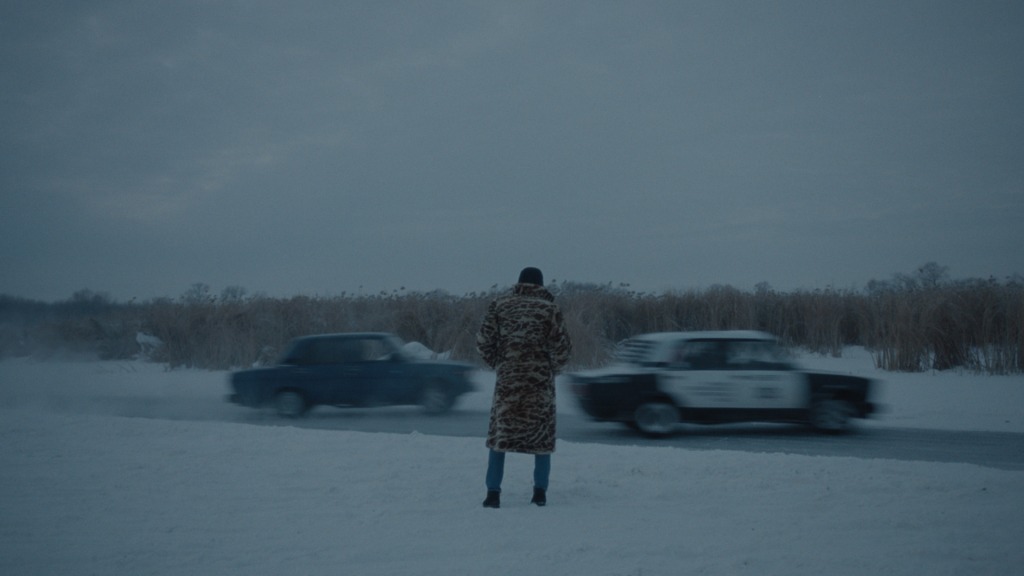

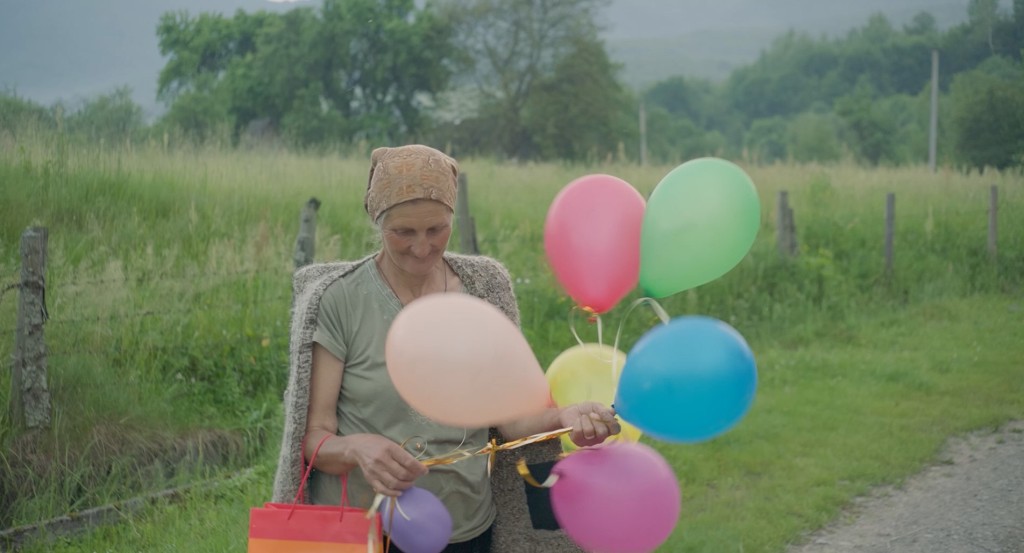
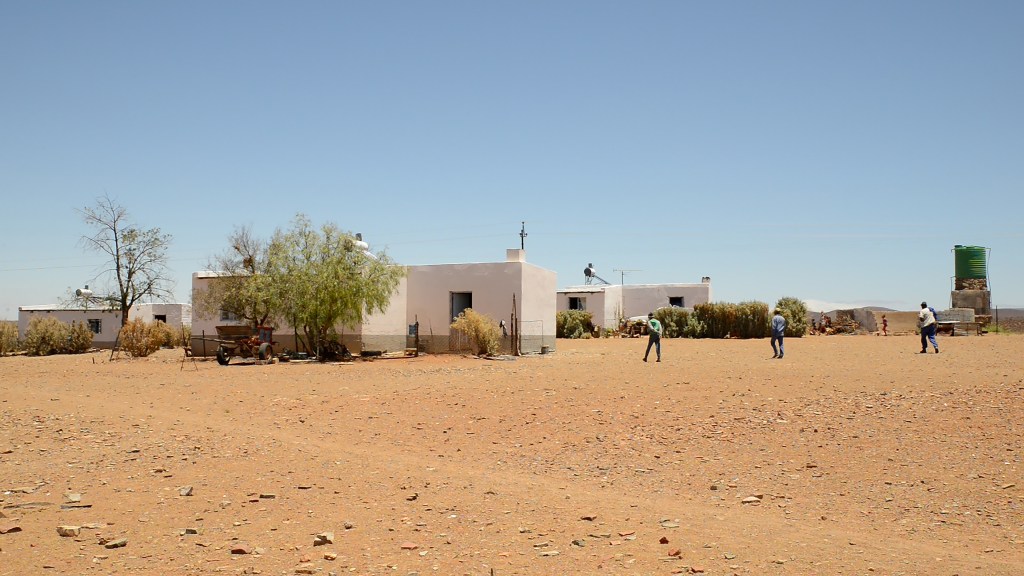
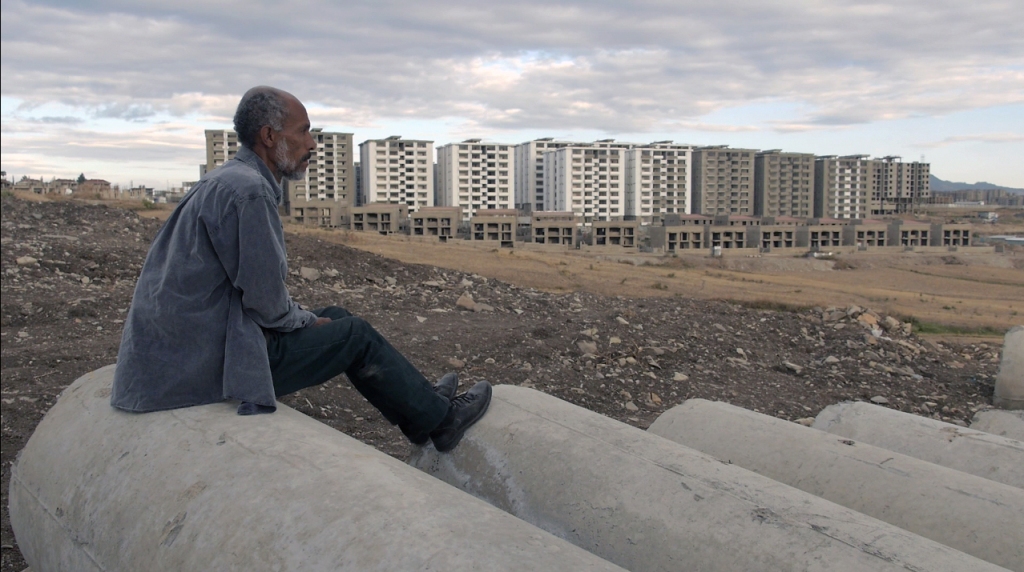
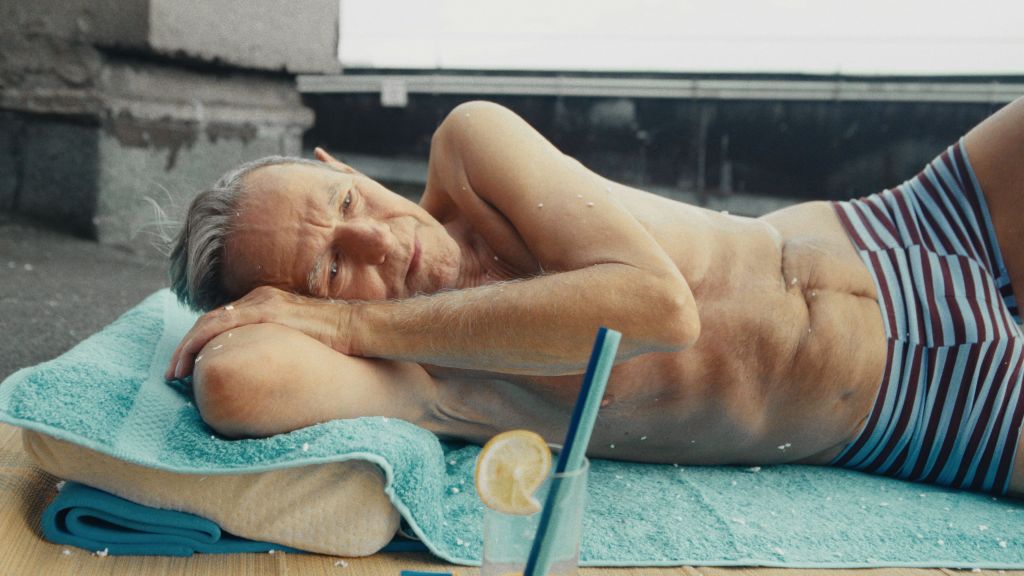
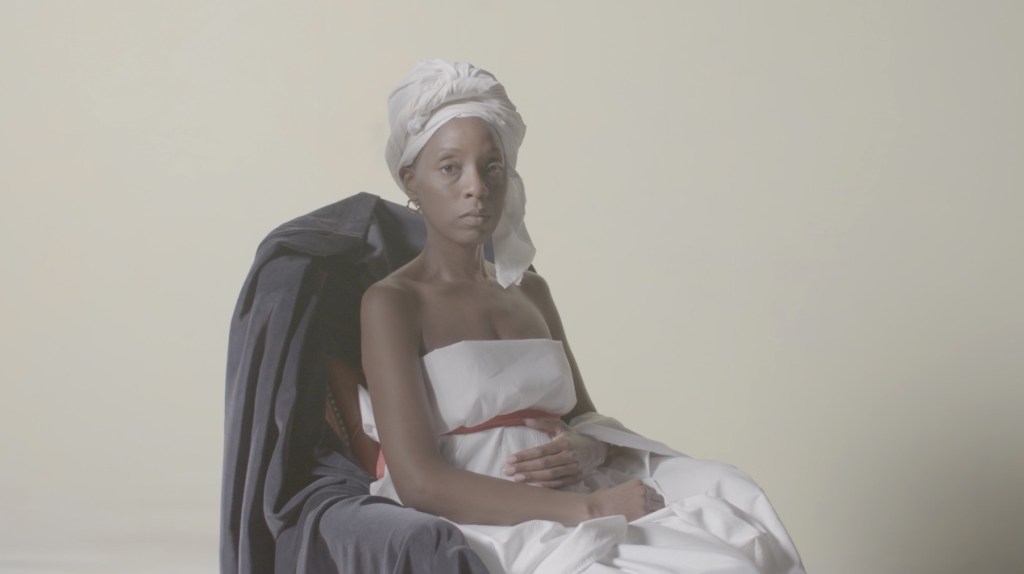
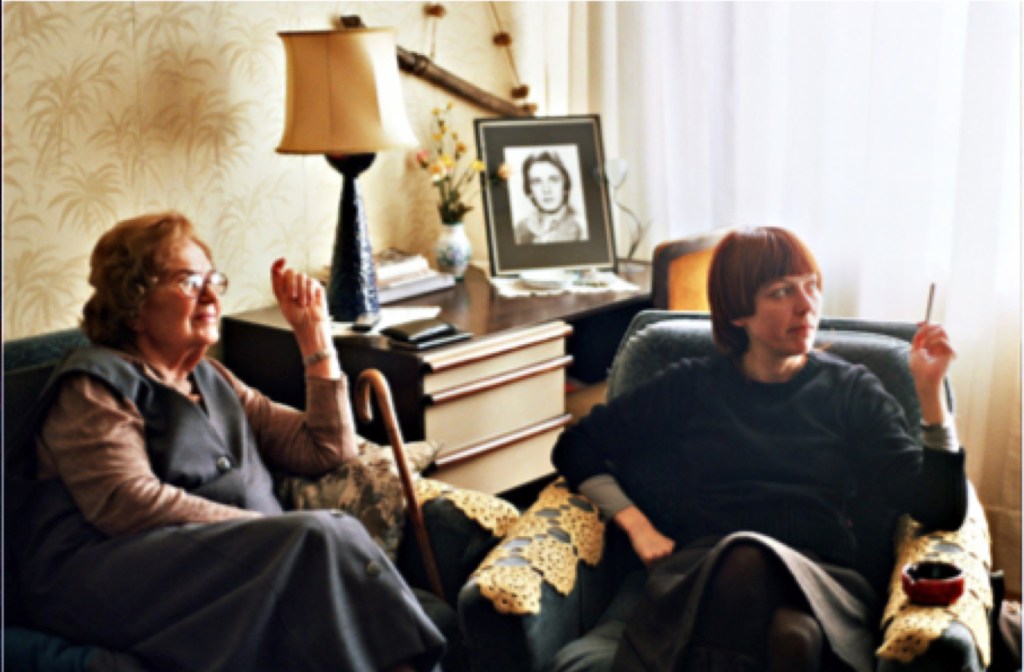
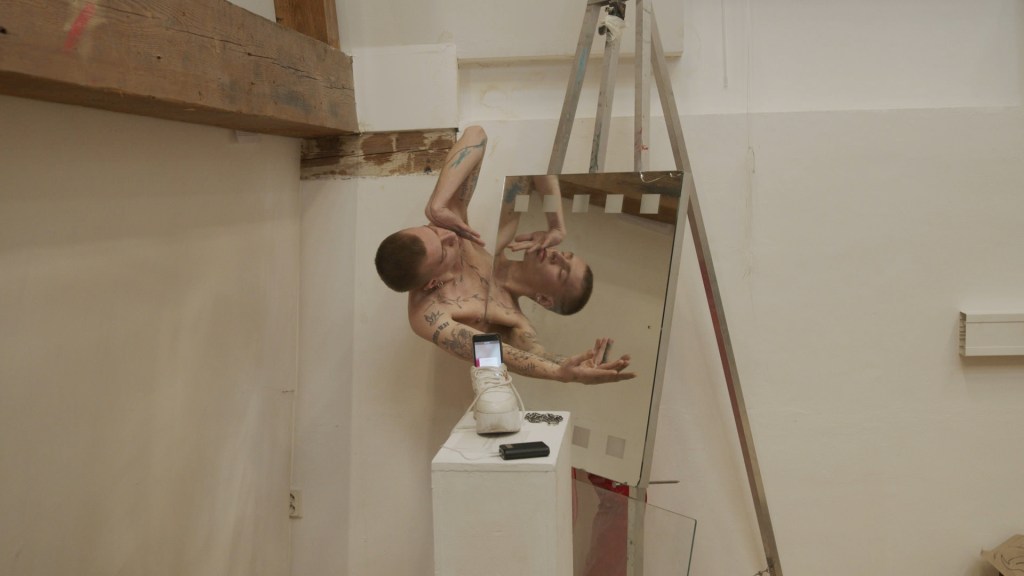
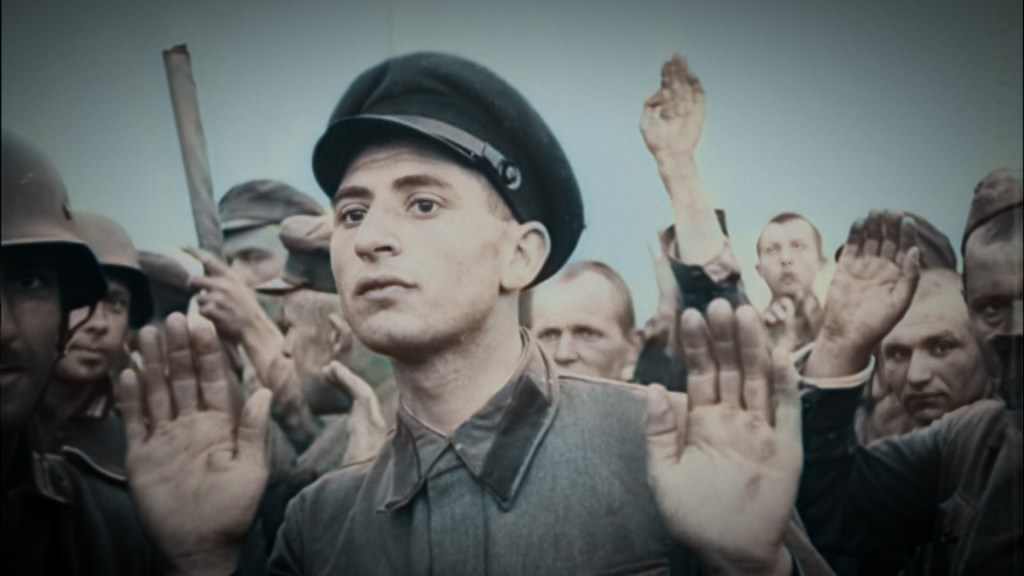
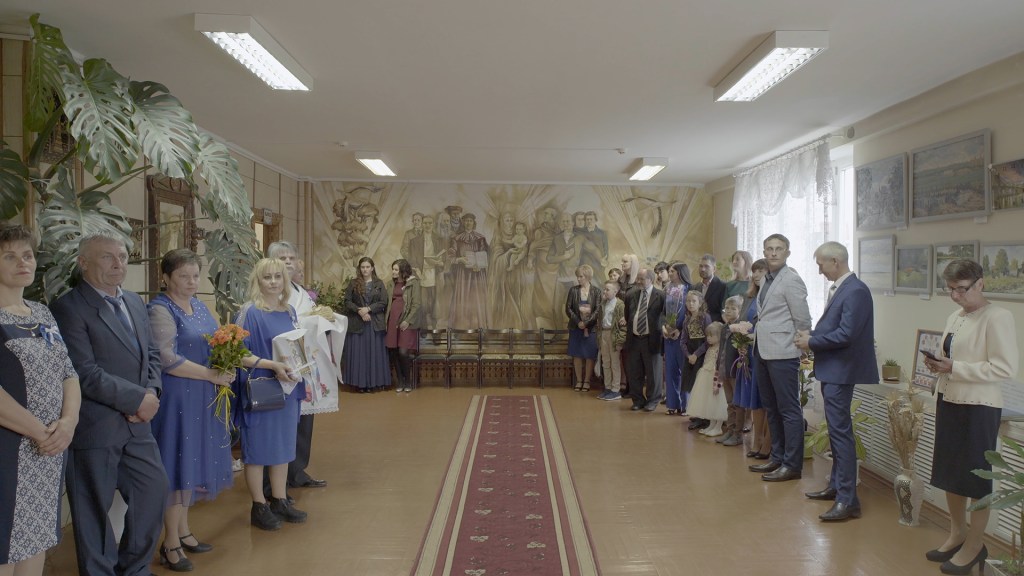

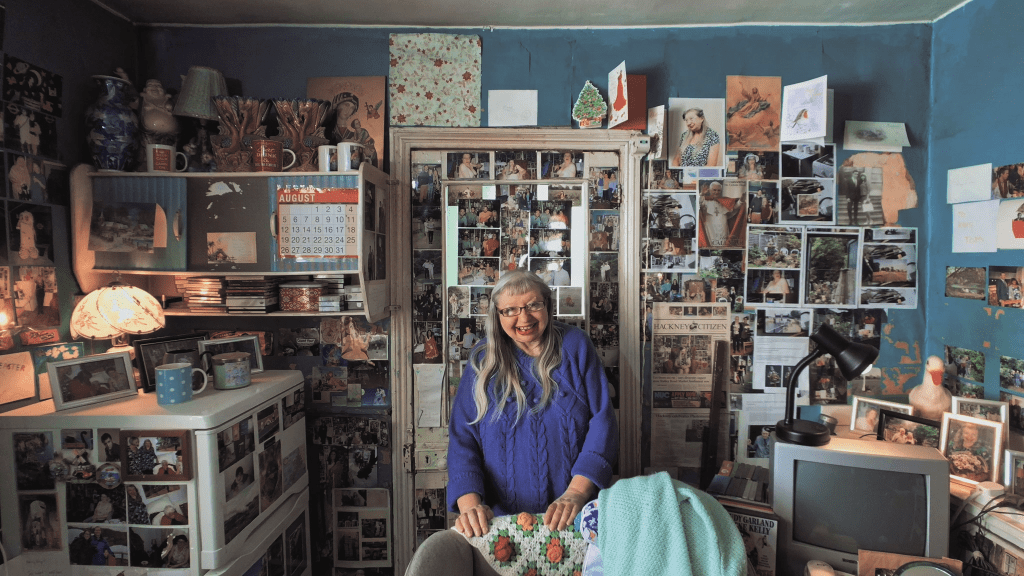
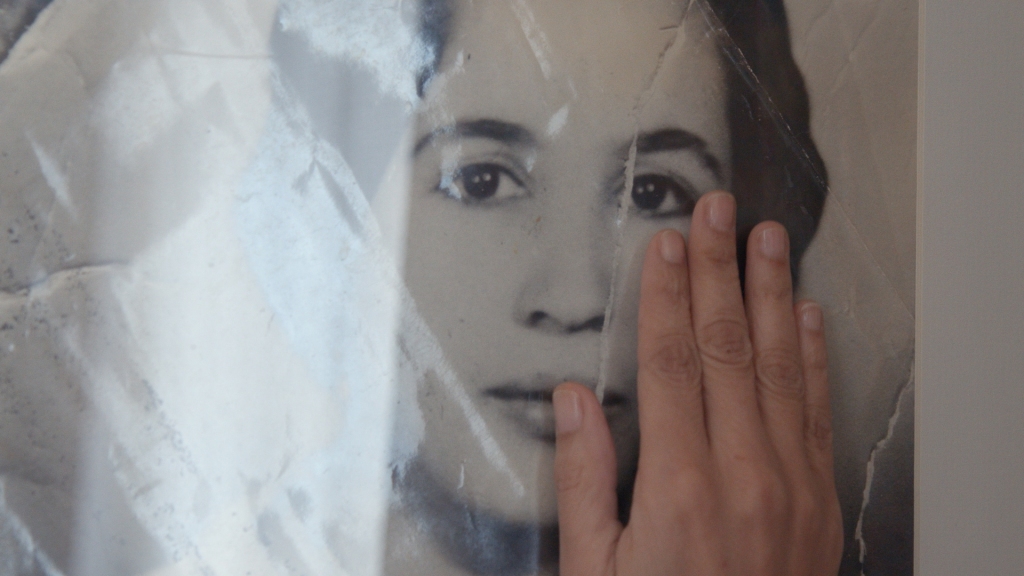
Leave a comment